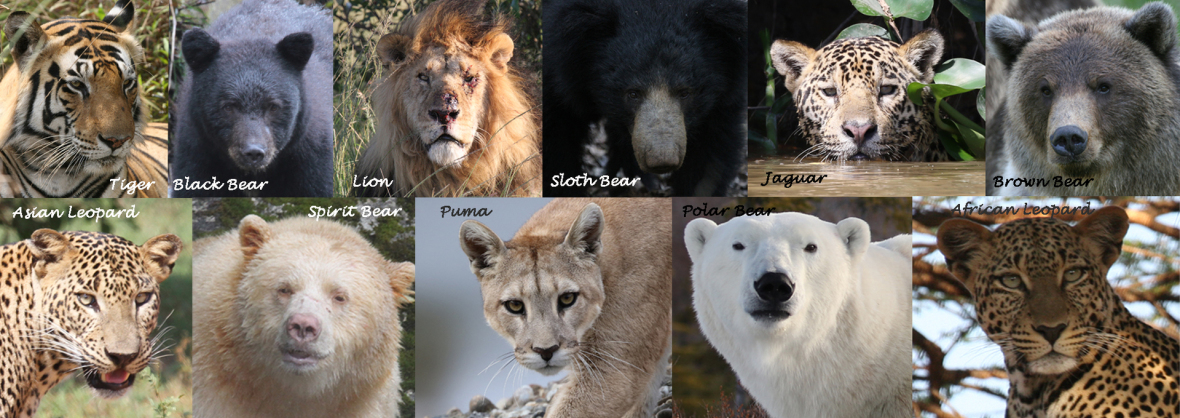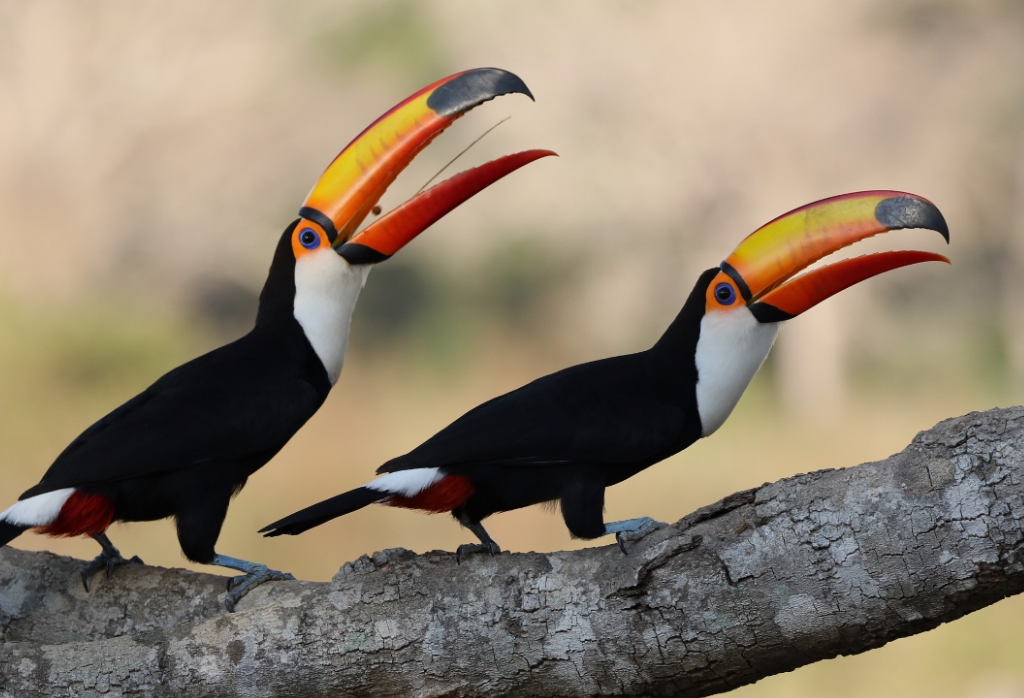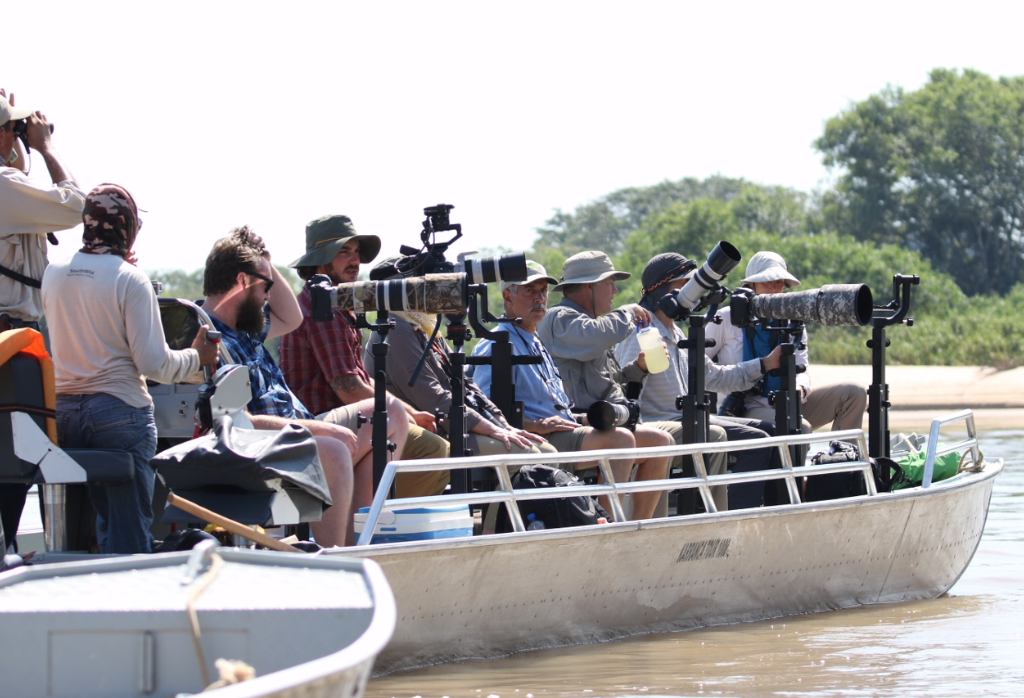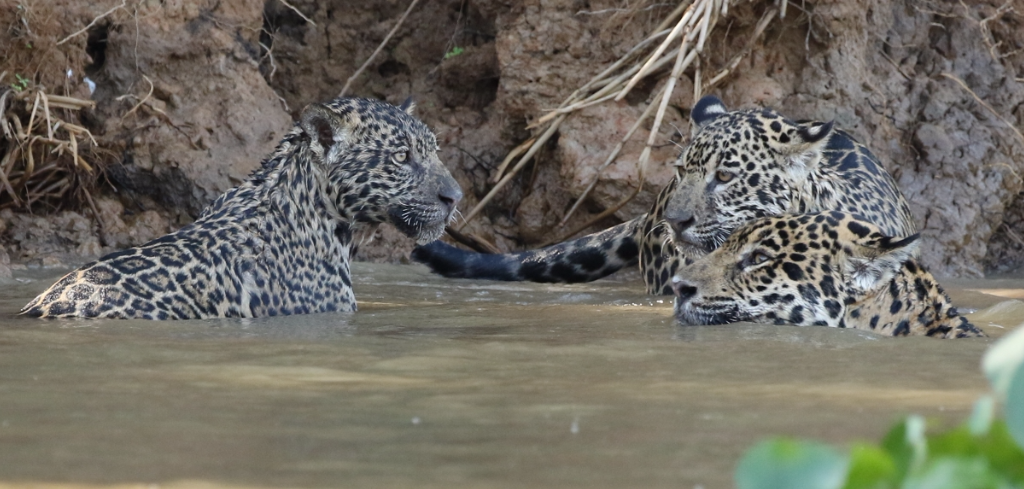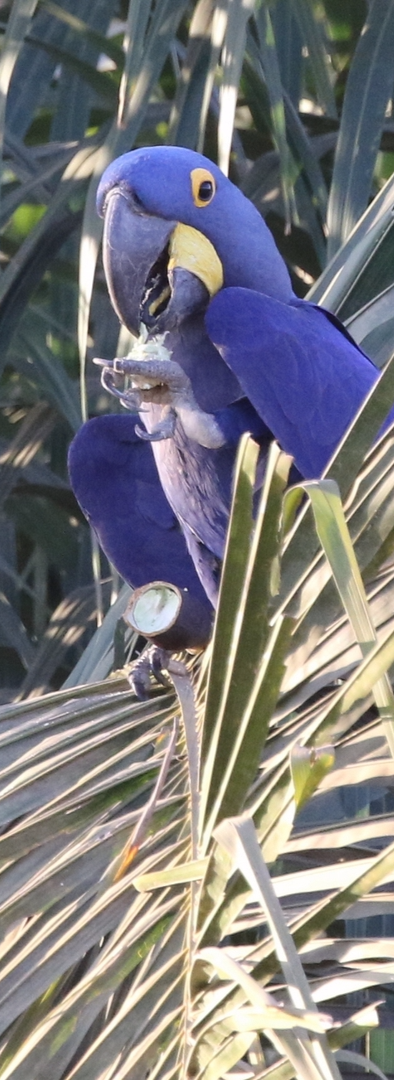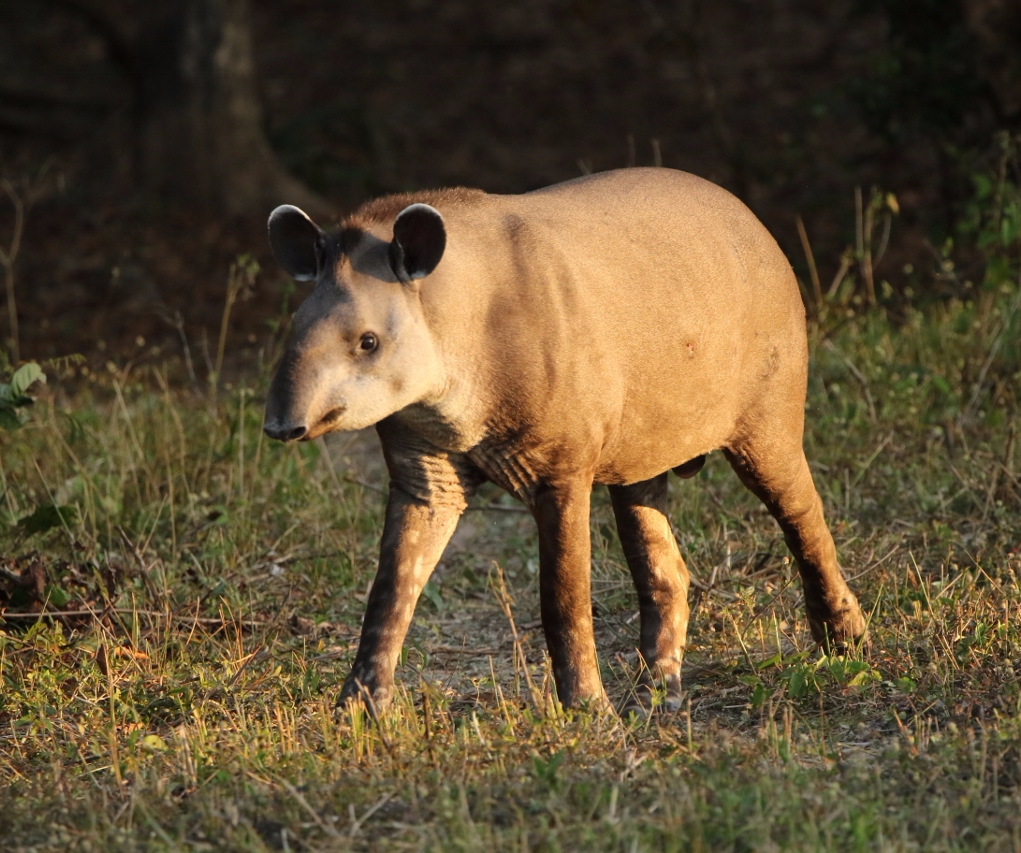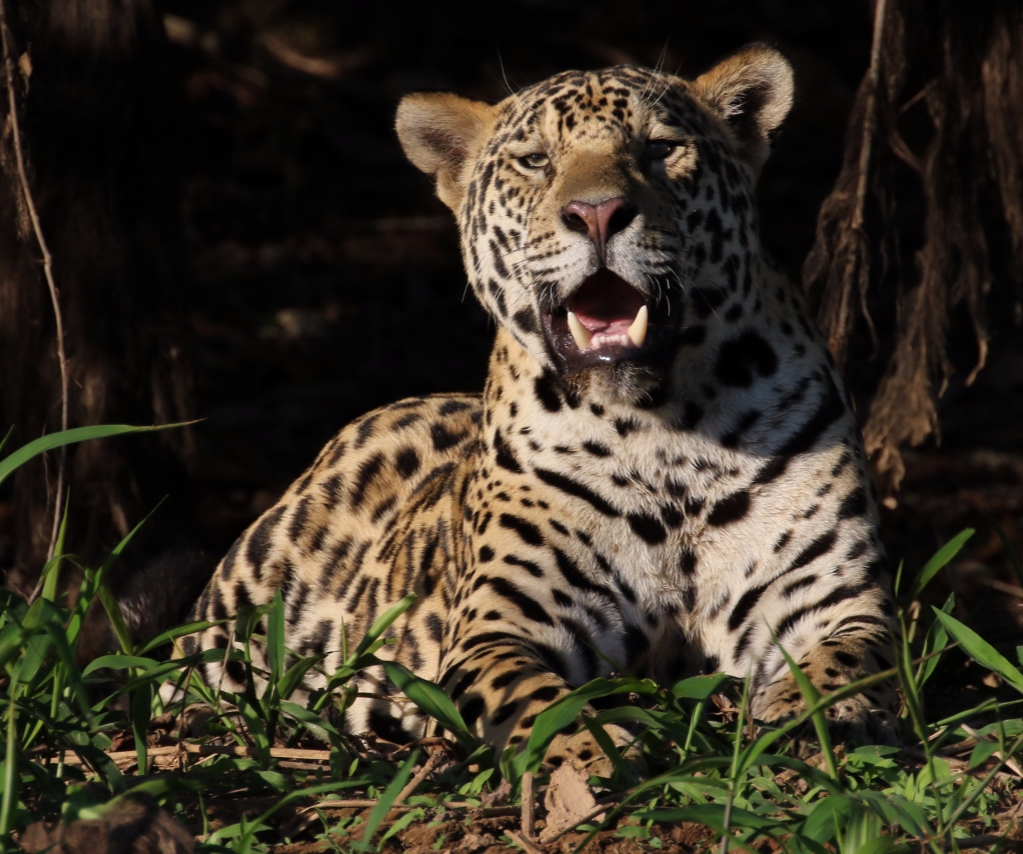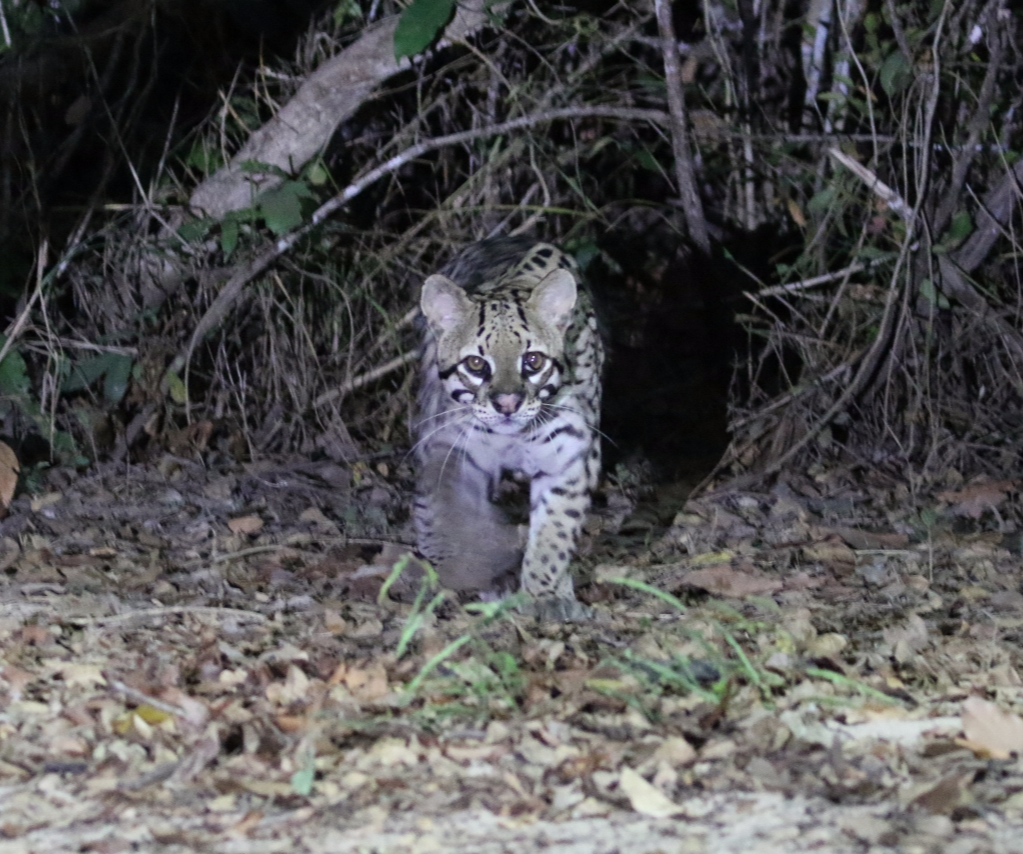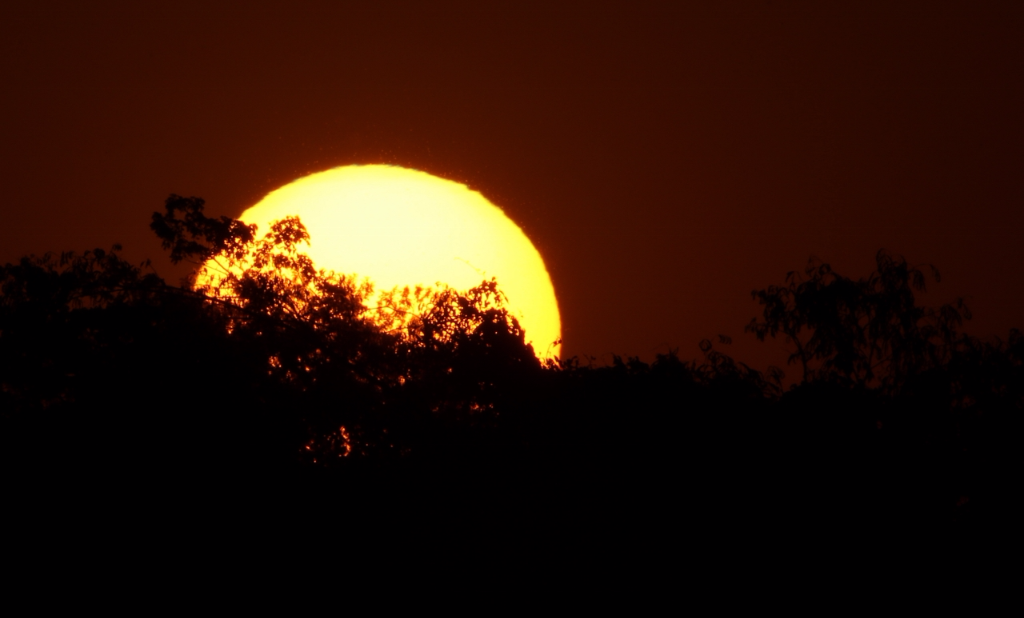This was our first adventure with Naturetrek... an adventure into the Brazilian Pantanal to see jaguars along with a wealth of other wildlife.
The jaguar is said to be one of the most elusive and difficult of South America's mammals to find, but the odds of finding one can be reduced by taking boat excursions deep into their riverbank forest territories in the Brazilian Pantanal. The Pantanal boasts habituated jaguars which have been watched by wildlife researchers & tourists for many years.
The Pantanal is rich with other wildlife too including giant river otter, caiman, tapir, giant anteater, capybara and abundant waterbirds.
Would Naturetrek be able to deliver the goods... read on to find out!
If you want to skip ahead to the trip report the links are at the bottom of this page.
Where's the Pantanal? The Pantanal is a region encompassing the world's largest tropical wetland area. It is located mostly within the Brazilian state of Mato Grosso do Sul, but it extends into Mato Grosso and portions of Bolivia and Paraguay (see the pin on the map below).
